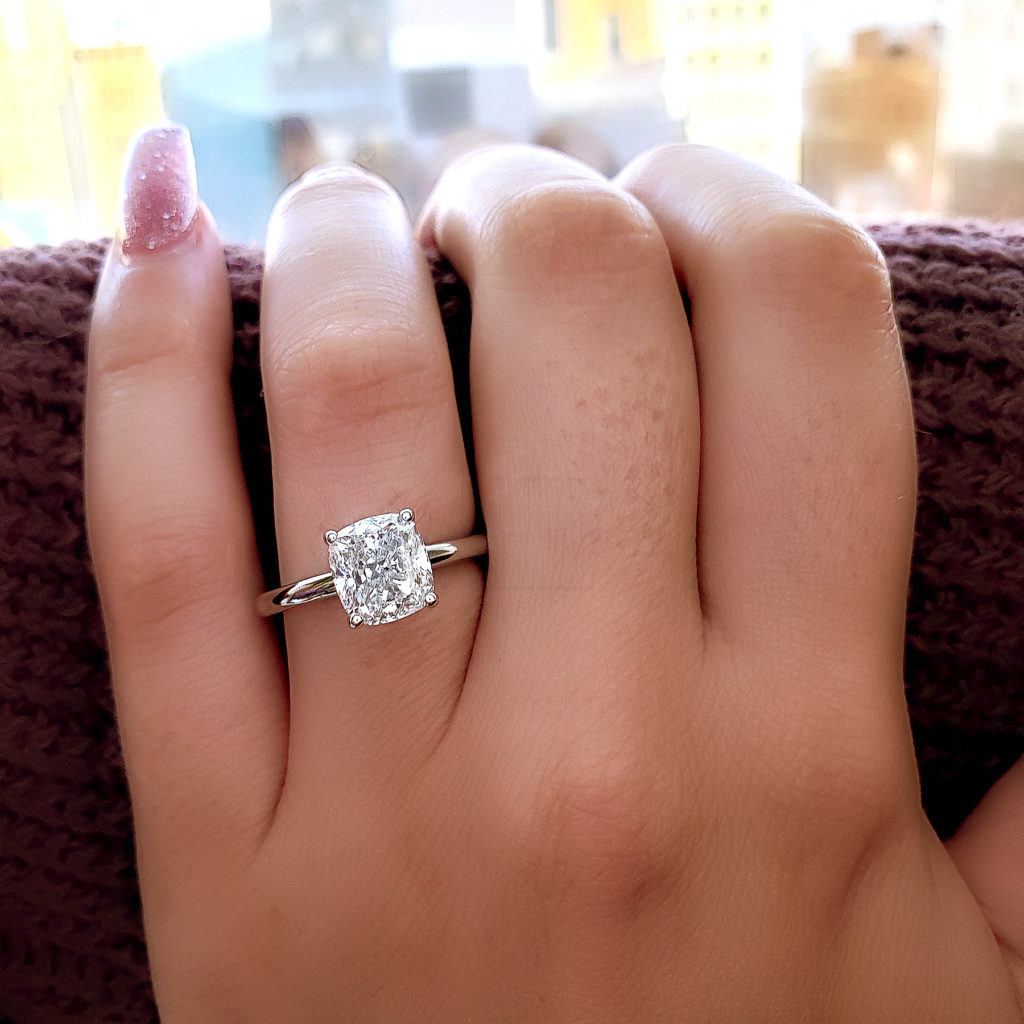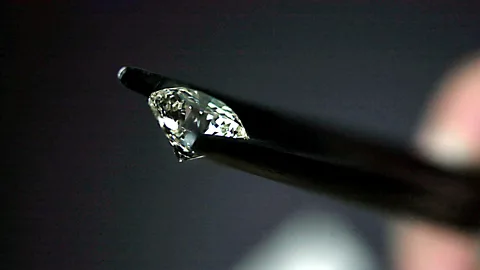Are Lab Diamonds Better? A Deep Dive into Man-Made Diamonds

Diamonds have long been a symbol of love, luxury, and timeless beauty. For decades, natural diamonds formed deep within the Earth over billions of years have dominated the jewelry market. But in recent years, another contender has emerged — lab-grown diamonds, sometimes referred to as man-made or synthetic diamonds. With their rise in popularity, many people now wonder: Are lab diamonds better? Are man-made diamonds worth the hype?
The answer isn’t straightforward, as it depends on personal priorities such as budget, sustainability, quality, and sentimental value. In this article, we’ll explore what makes lab-grown diamonds unique, how they compare to mined stones, and whether they might be the better choice for you.
What Exactly Are Lab Diamonds?
Lab-grown diamonds are created in high-tech laboratories using advanced technology that replicates the natural conditions under which diamonds form underground. Two main processes are used:
High Pressure High Temperature (HPHT)
This method replicates the extreme conditions of the Earth’s mantle, compressing carbon atoms until they solidify into diamond.
Chemical Vapor Deposition (CVD)
This process involves breaking down carbon-rich gases, allowing carbon atoms to layer and bond into a diamond crystal structure.
The result? A diamond that is chemically, physically, and optically identical to a mined diamond. To the naked eye — and even under a jeweler’s loupe — lab diamonds look just as brilliant as natural ones.
Cost and Value Considerations
One of the most compelling reasons buyers choose lab-grown diamonds is affordability. On average, man-made diamonds cost 30–50% less than mined diamonds of similar size and quality.
For couples shopping for an engagement ring, this price difference can mean choosing a larger stone or investing in a unique setting without exceeding their budget. However, resale value is where mined diamonds tend to hold the upper hand. The secondary market for lab-grown diamonds is still developing, and resale prices are generally lower than those of natural stones.
So, if you’re looking at diamonds as a long-term investment, mined diamonds may retain value better. But if your goal is maximizing beauty and size within a budget, lab diamonds clearly have the edge.
Environmental and Ethical Impact
One of the strongest arguments in favor of man-made diamonds is sustainability. Traditional diamond mining is resource-intensive, often involving large-scale land disruption, water usage, and carbon emissions. In addition, mining has historically been linked to ethical concerns, including exploitative labor practices and conflict financing in certain regions.
Lab-grown diamonds largely sidestep these issues. They require significantly less land and water, and while energy use can be high depending on the production method, many labs are transitioning to renewable energy sources to lower their carbon footprint. For socially and environmentally conscious consumers, this makes lab diamonds a very attractive alternative.
That said, not all lab-grown diamonds are created equal. Certifications like SCS Global Services’ “Sustainably Rated Diamond” can help buyers identify options that meet strict ethical and environmental standards.
Quality and Beauty
When it comes to sparkle, brilliance, and clarity, lab-grown diamonds rival their natural counterparts. Both types are graded by the same standards — generally known as the 4 Cs: cut, color, clarity, and carat.
In fact, because labs can control the growth environment, many man-made diamonds are produced with fewer inclusions and higher clarity than what is typically found in nature. This doesn’t mean all lab diamonds are flawless, but it does mean buyers often get access to higher-quality stones at lower prices.
It’s also worth noting that lab-grown diamonds can be produced in fancy colors like pink, blue, or yellow — at a fraction of the cost of naturally occurring colored diamonds, which are exceedingly rare and expensive.
Sentimental Value: Natural vs. Man-Made
For some, part of the appeal of natural diamonds lies in their history — formed deep in the Earth over billions of years, each mined diamond is unique and carries a story of geological wonder. This romantic notion can hold strong sentimental weight, especially for engagement rings or heirloom pieces.
On the other hand, lab diamonds represent modern innovation and progress. For couples who value sustainability, cutting-edge technology, or simple practicality, the idea of choosing a diamond grown ethically in a lab may carry its own kind of emotional significance.
At the end of the day, sentiment is personal. What feels meaningful to one person might not resonate with another.
Common Myths About Lab-Grown Diamonds
Because lab diamonds are relatively new to the mainstream market, a number of misconceptions surround them:
“They aren’t real diamonds.”
False. Lab diamonds are real diamonds with the same crystal structure and hardness (a 10 on the Mohs scale).
“They don’t last as long.”
Incorrect. Just like mined diamonds, man-made stones are incredibly durable and will last for generations.
“Everyone can tell the difference.”
Untrue. Even trained gemologists need specialized equipment to distinguish between natural and lab-grown diamonds.
These myths often stem from confusion between lab-grown diamonds and diamond simulants like cubic zirconia or moissanite, which may look similar but have very different properties.
So, Are Lab Diamonds Better?
The question “Are lab diamonds better? Are man-made diamonds worthwhile?” doesn’t have a universal answer. It depends on what “better” means to you.
- If affordability and size matter most: Lab-grown diamonds are the clear winner.
- If sustainability and ethics are your priority: Lab diamonds also come out ahead, especially when sourced from responsible labs.
- If long-term resale value and geological rarity are important: Natural diamonds may be more appealing.
- If sentimental value plays a role: The decision is deeply personal and varies from person to person.
Conclusion
The debate over lab-grown versus natural diamonds reflects broader changes in how consumers think about luxury, sustainability, and value. Lab diamonds offer an accessible, ethical, and visually stunning alternative to mined stones, while natural diamonds carry the weight of geological history and tradition.
Ultimately, the choice comes down to your personal values and priorities. Whether you choose a lab-grown diamond that represents innovation and responsibility, or a natural diamond steeped in rarity and tradition, both options are beautiful and enduring symbols of love and commitment.



